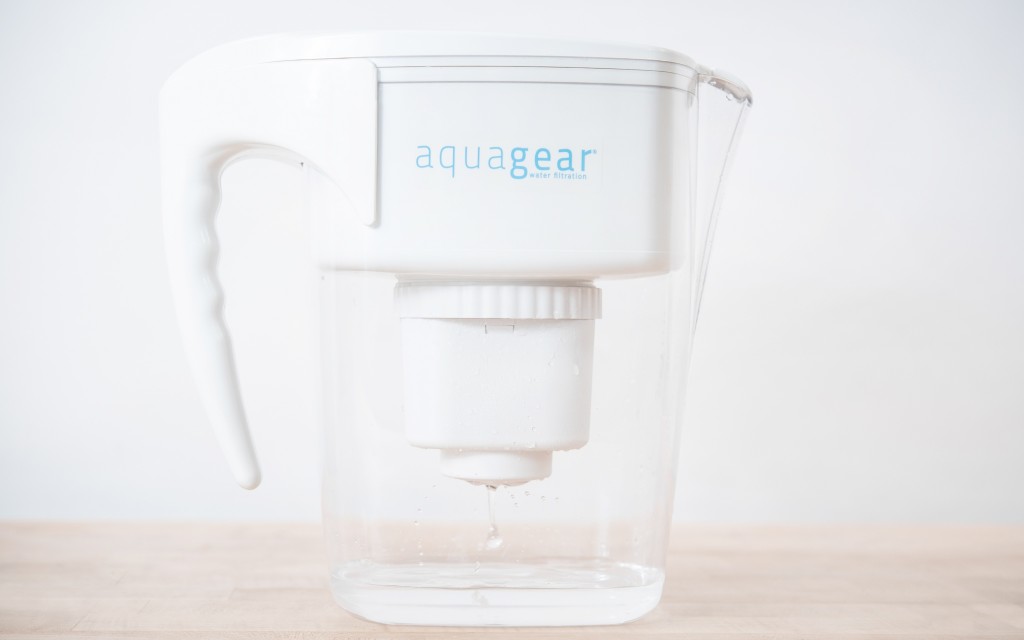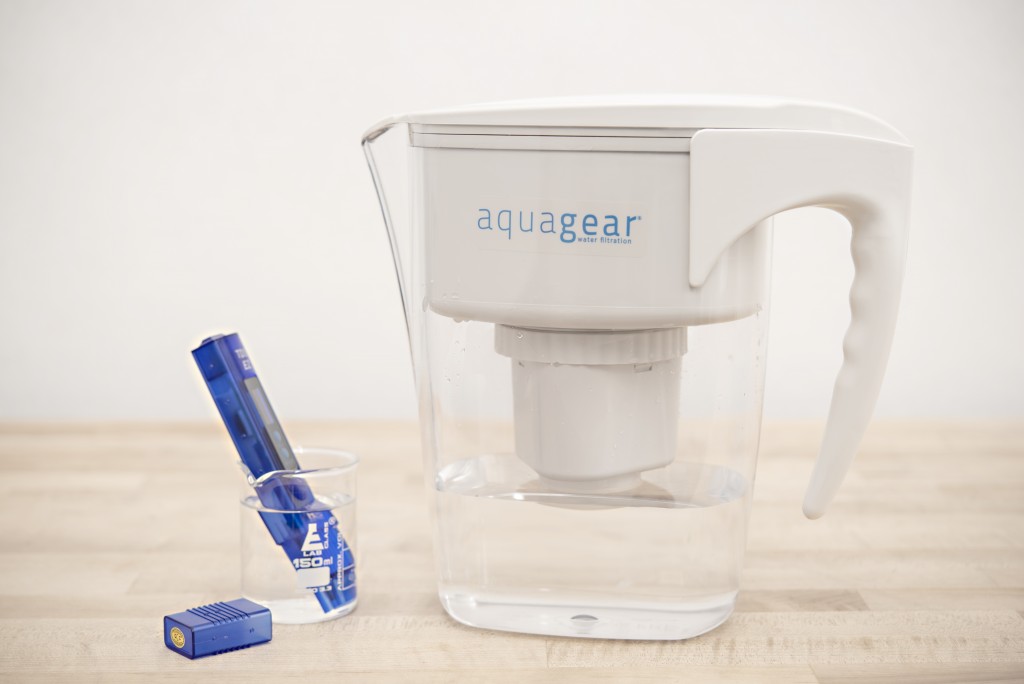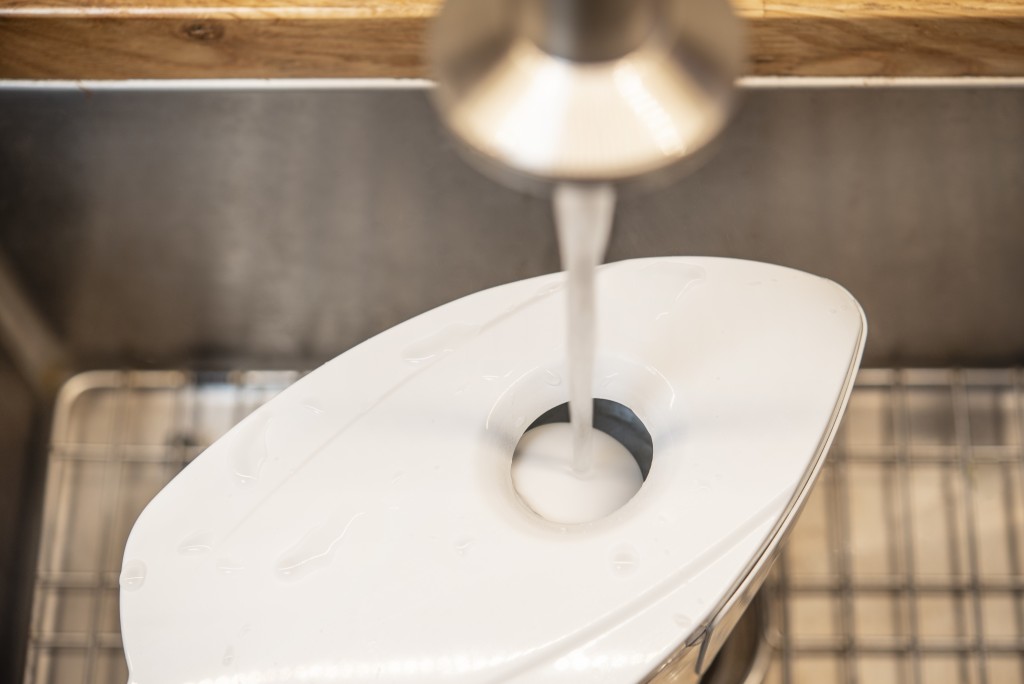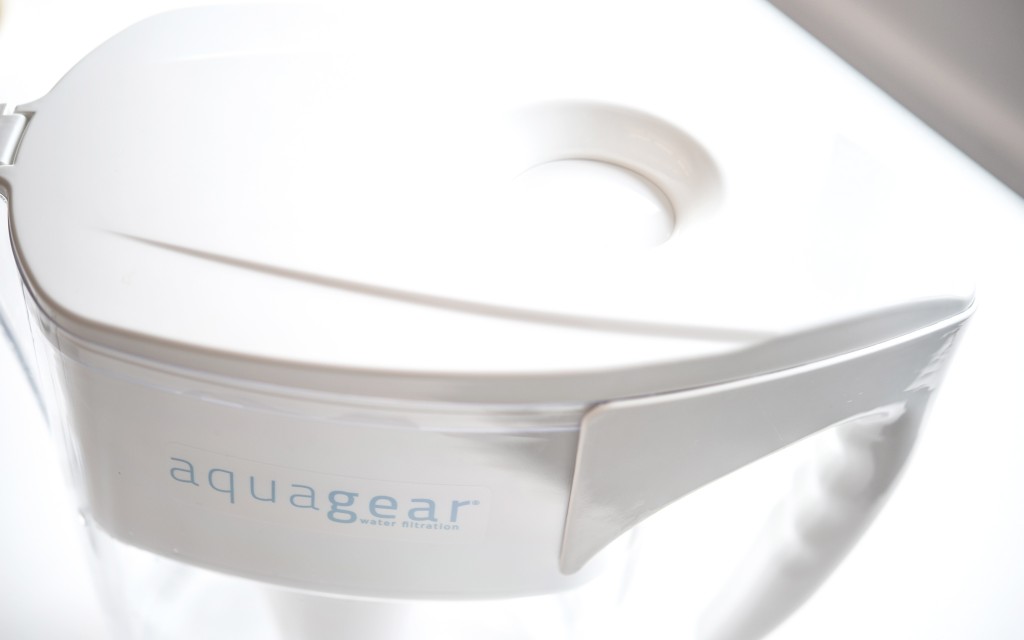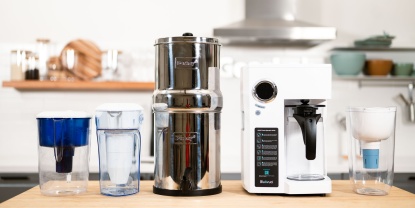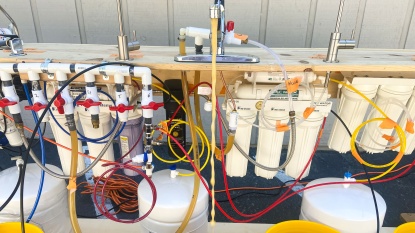Aquagear Water Filter Pitcher Review
Our Verdict
Our Analysis and Test Results
The Aquagear finished just ahead of the Brita SAFF-100 and behind the APEC WFS-1000. The WFS-1000 is an under sink filter that performs far better than the Aquagear in pretty much every test, but it is quite a bit more expensive. The Brita SAFF-100 can't match the Aquagear's filtering performance at removing lead, but we found it to be a bit better at removing chlorine. It also produced slightly better tasting water, according to judges, though the Aquagear's superior lead removal results give it an overall edge.
Performance Comparison
To see which is the best water filter you can buy, we compared and researched close to a hundred different models, then purchased all the most promising and well-regarded models — under the sink, faucet, and pitcher — to test out for ourselves. We rated and scored the performance of each filter in five different categories, with the Aquagear's results outlined in the following sections.
Lead Removal
Our first and most important rating category — lead removal — is responsible for 25% of the Aquagear's final score. We spiked some sample water with lead shavings dissolved into a mild peracetic acid to bring the lead concentration well above the safe level as defined by the EPA, then ran this contaminated water through each filter. We took samples of both the filtered water and the contaminated supply and sent them off to a lab for testing to determine how effective it is at removing lead. If did quite well, earning a 9 out of 10.
The Aquagear was a later addition to the review and had its sample analyzed separately from the other filters. It removed 99.0% of the lead from the supply water, but it still had more lead than the EPA deems allowable. However, the contaminated water for this filter was a bit higher in concentration than the other filters, so the Aquagear may drop the lead levels below the EPA safe level if it is filtering water with lower levels of lead.
Chlorine Removal
Next, we moved on to ranking and scoring how the Aquagear did at removing chlorine from tap water, which is also responsible for 25% of the final score for each product. The Aquagear did alright, earning an 8 out of 10.
For this test, we used chlorine bleach to contaminate our sample water supply, then ran it through the Aquagear. We then tested the final chlorine concentration with test strips and a TDS meter and awarded points accordingly. We did this twice, once with exceptionally high chlorine supply levels and one with more moderate ones.
The Aquagear did very well in both, dropping the chlorine levels to the point where the test strip didn't register anything with the lower level test and only showed a slight hint of something with the torture test.
Salt Removal
Similar to the previous two metrics, our set of salt removal assessments also accounts for 25% of the total score. This filter has a standard activated carbon filter, so it isn't really suited for this metric and its score reflects that, earning a 1 out of 10.
We dissolved a considerable amount of table salt into our supply water, measured the concentration with a TDS meter, filtered it, and then measured the resulting concentration.
Upon doing this with the Aquagear, we found that there was essentially no change in the salt concentration levels.
Taste
For our next metric, we made a concoction of the worst tasting water we could using chlorine and salt, then ran it through the Aquagear and had a panel of judges blindly taste the filtered water and the compared it to filtered water. We also ran normal tap water through the filter and had our judges taste and compare that, to see if there were any negative flavors imparted on great tasting water.
Unfortunately, the Aquagear didn't do an amazing job, earning a 4 out of 10 for its results in this metric, which is responsible for 15% of its total score. The Aquagear removed the chlorine taste but left plenty of detectable saltiness. However, it didn't add any unpleasant flavors to clean water, with our judges unable to differentiate the two.
Flow
For our last metric, which is worth the leftover 10% of the total score, we rated and scored the flow rate of each filter. The Aquagear finished out our tests with a middle-of-the-road performance, earning a 5 out of 10. This filter pitcher does have one of the highest flow rates at dispensing water — like all pitchers — but once you exhaust its 10-cup capacity, you are going to have to wait a while for it to filter more water. To take this into account, we based our scores on how long it took to filter and pour a quart (4 cups). It took the Aquagear 11 minutes, 40 seconds to accomplish this, putting it roughly in the middle of the group.
Value
The Aquagear isn't a great value, as there are less expensive filter pitchers that outperformed it in our opinion.
Conclusion
While the Aquagear did do quite well in our chlorine tests, it was outperformed by other products when it came to removing salt and lead, which we would recommend over this one for almost anyone.



